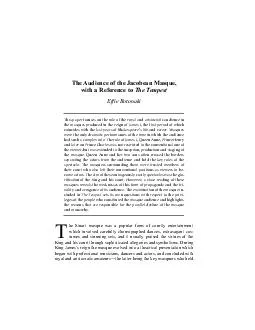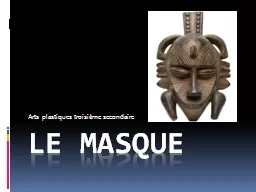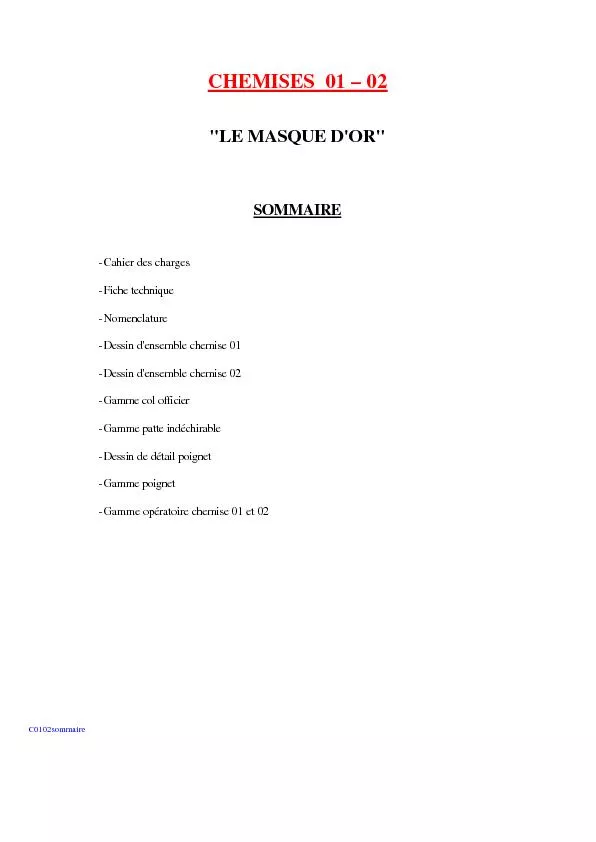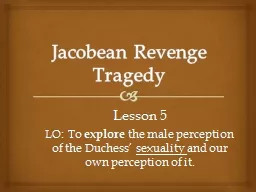PDF-The Audience of the Jacobean Masque,with a Reference to The TempestThe
Author : test | Published Date : 2015-09-01
usually in Whitehall and their audience was the royal family and their select guests diplomats courtiers and wealthy aristocrats The masques endthe critics
Presentation Embed Code
Download Presentation
Download Presentation The PPT/PDF document "The Audience of the Jacobean Masque,with..." is the property of its rightful owner. Permission is granted to download and print the materials on this website for personal, non-commercial use only, and to display it on your personal computer provided you do not modify the materials and that you retain all copyright notices contained in the materials. By downloading content from our website, you accept the terms of this agreement.
The Audience of the Jacobean Masque,with a Reference to The TempestThe: Transcript
Download Rules Of Document
"The Audience of the Jacobean Masque,with a Reference to The TempestThe"The content belongs to its owner. You may download and print it for personal use, without modification, and keep all copyright notices. By downloading, you agree to these terms.
Related Documents














